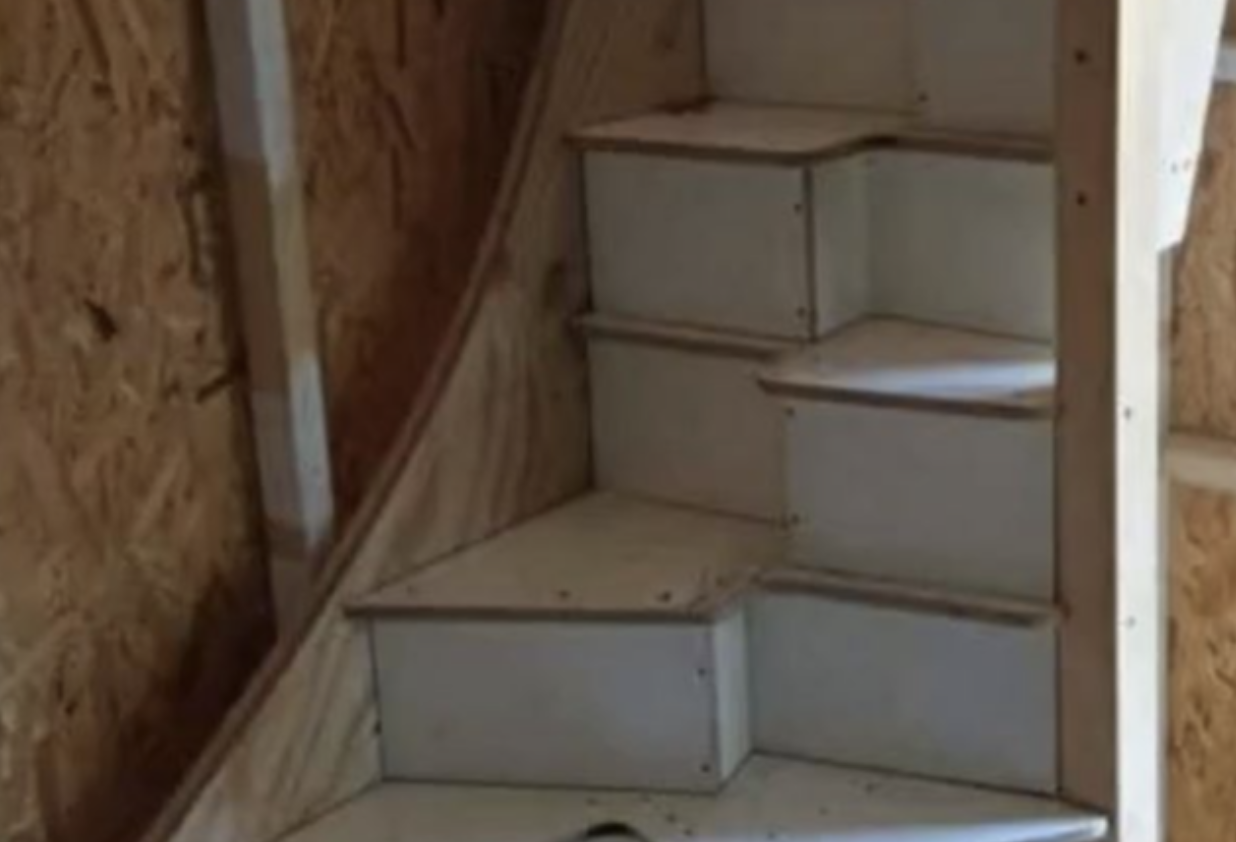Have you ever heard of witches’ stairs? These peculiar stairs gained popularity on TikTok a few years back. Despite their spooky name, don’t let superstitions fool you – witches’ stairs are both practical and visually appealing. Let’s dive into what makes them so unique!
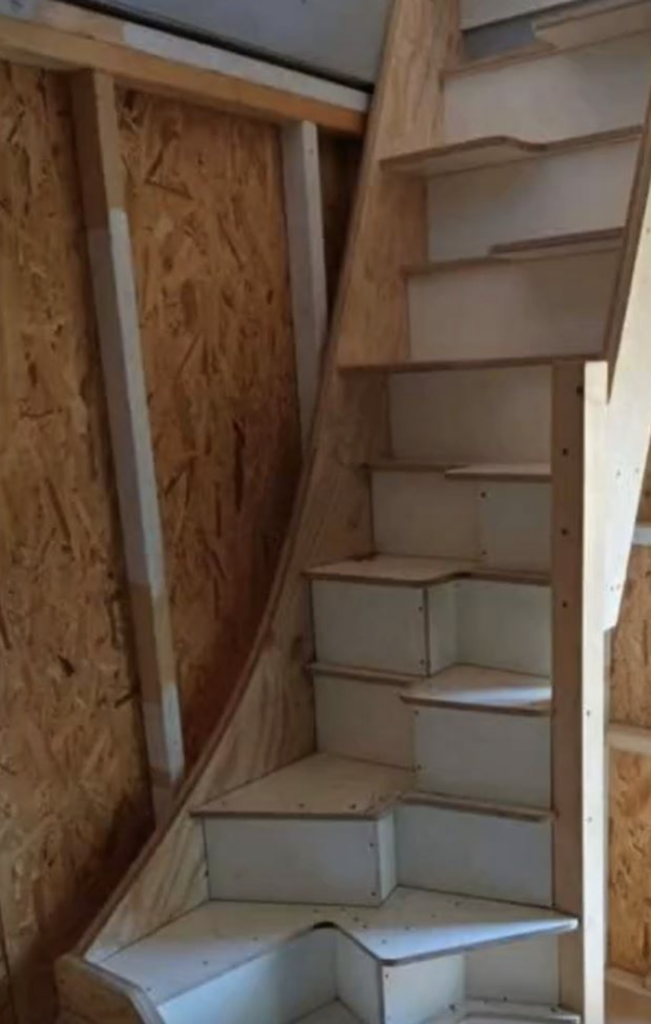
Space-Saving Solution for Homes
Witches’ stairs, also known as alternate tread stairs, are a clever architectural design that is particularly useful in homes with limited space. You can often find them in attics, lofts, and tiny houses. The genius of witches’ stairs lies in their ability to save space in two ways.
Firstly, each step is half as wide as traditional stairs, and secondly, the steps are staggered. This combination creates a narrower staircase compared to conventional ones. Surprisingly, despite their smaller size, witches’ stairs can even provide additional storage for books or allow you to showcase precious items.
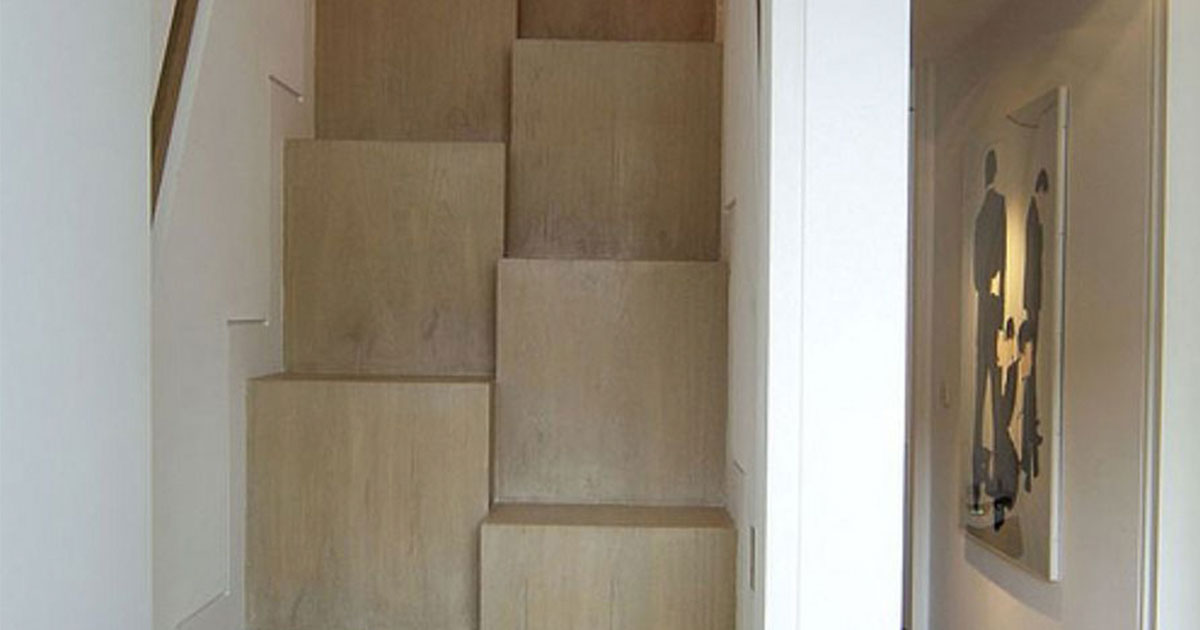
Contrary to popular belief, witches’ stairs meet building codes and safety standards in the United States. While a standard staircase is usually three feet wide, residential witches’ stairs typically measure between 27 and 30 inches wide.
The Origins and Debunking Misconceptions
Witches’ stairs have an interesting history. In 1985, an entrepreneur named J.M. Lapeyre patented a metal version of these stairs. His vision was to provide a safe alternative to ladders in tight spaces, be it commercial or warehouse settings.
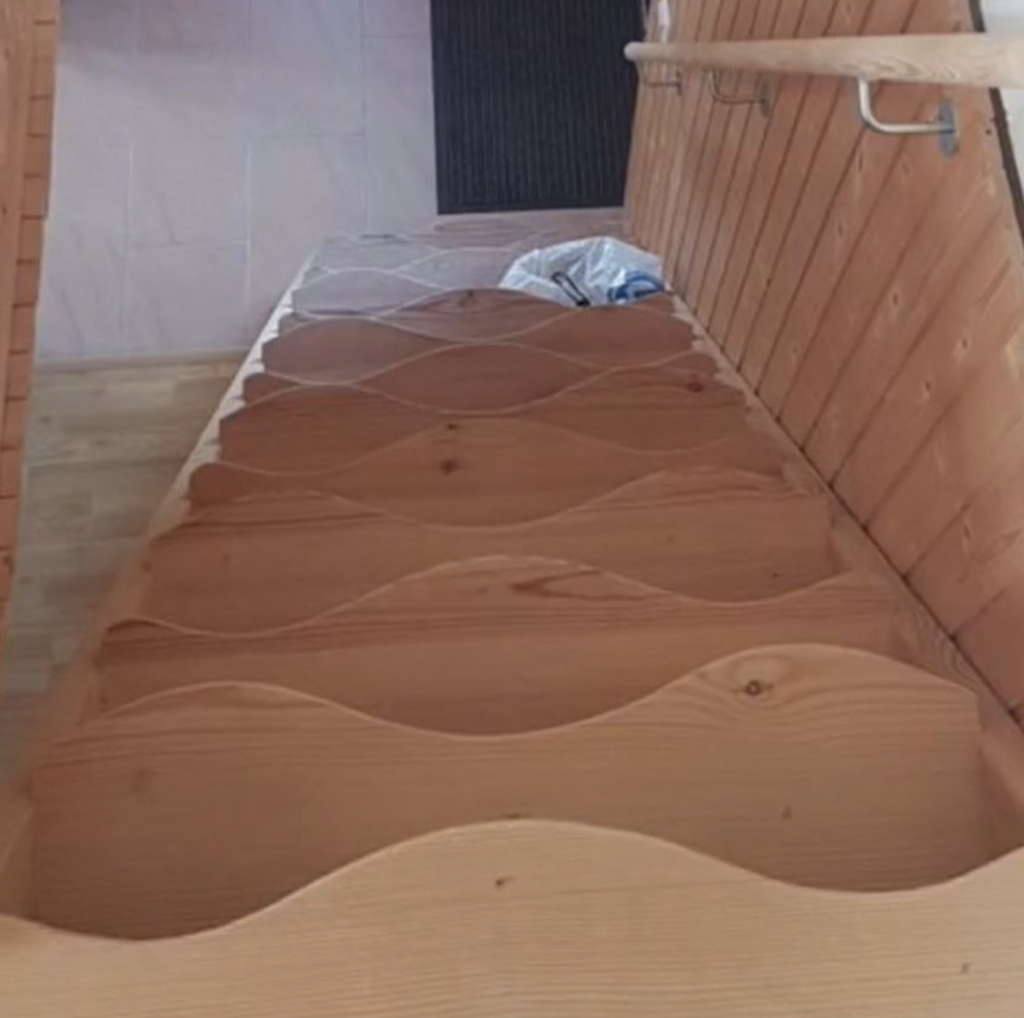
It’s intriguing to note that this design is also used on commercial ships and oil rigs, referred to as ship stairs or ship ladders. However, the terms “witches’ stairs” or “alternate tread stairs” are more commonly used in residential contexts.
When videos of witches’ stairs started circulating on TikTok, they came with an accompanying myth. According to this myth, witches’ stairs were built into homes in Massachusetts during the 17th century to ward off witches during the Salem witch trials because “witches can’t climb up them.” However, this theory has been debunked. Another rumor suggests that Thomas Jefferson came up with the idea, hence the name “Jeffersonian” or “Jefferson stair.” But the original design was documented in a book published in 1888, long before Jefferson’s time.
In reality, there is no historical evidence to support the belief that witches’ stairs were designed to ward off witches. It’s simply misinformation. Some people who had these unique staircases may have also employed other protective measures, such as buried witch bottles or dead cats in the fabric.
However, there is no connection between these practices and witches’ stairs. Similarly, the idea of placing a broom over the door lintel to trap a witch inside a room once they entered is another myth unrelated to witches’ stairs.
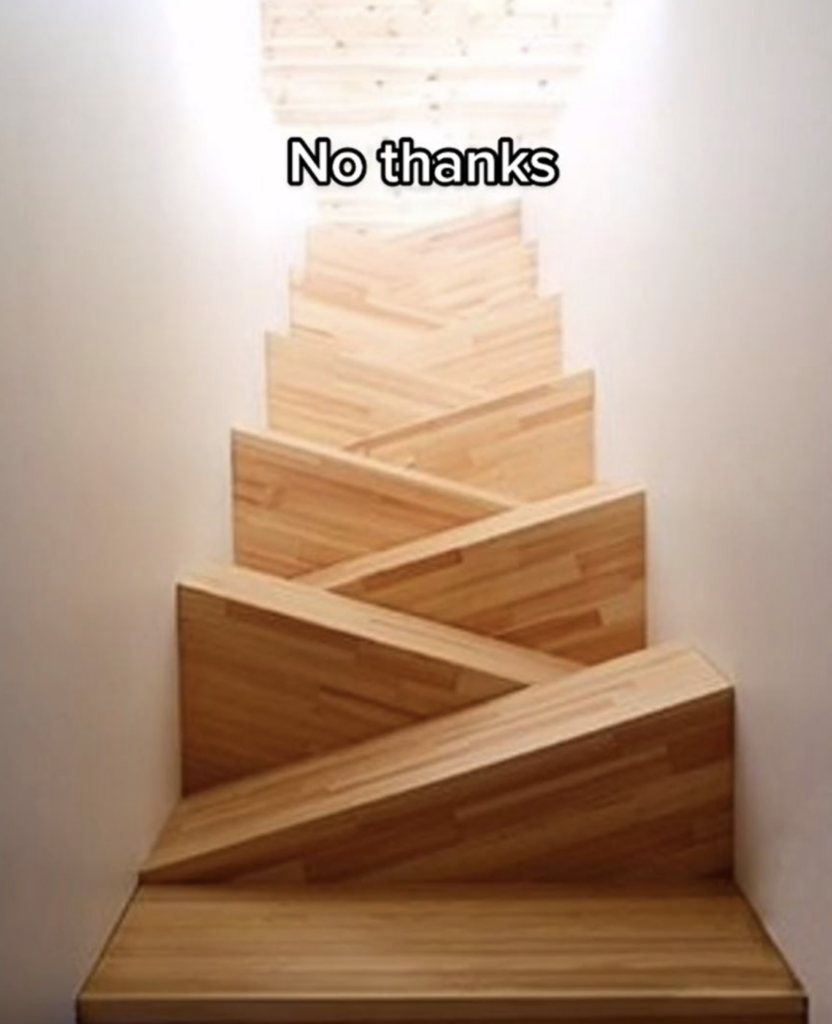
Quirky and Unique Decor
While witches’ stairs may not possess any supernatural properties, they remain an intriguing and decorative alternative to full-size staircases. Their design adds a touch of uniqueness and quirkiness to any space. So, if you’re looking to incorporate a practical and visually appealing staircase design into your home, consider witches’ stairs. They show that even in architecture, there’s room for a bit of magic.
